Conditions
Expert Dermatology Services Surrey
Skin Cancer
Annually, the UK diagnoses over 210,000 cases of non-melanoma skin cancer, with a predicted increase to nearly 400,000 by 2025. Additionally, there are more than 16,000 cases of melanoma diagnosed each year, making skin cancer the fastest-growing cancer in the UK.
Basal Cell Carcinoma (BCC) is the most common form of skin cancer, typically appearing as a scab that does not heal or a raised, pink nodule. Occasionally, it may also bleed. Treatment options for skin cancer include Efudix and Aldara, as well as surgical procedures such as curettage and cautery, and excision.
Squamous Cell Carcinoma (SCC) often develops from areas of sun damage, presenting as a firm lump that may exhibit crusting or scaling and is often tender. Unlike Basal Cell Carcinomas, SCCs tend to develop rapidly and possess the potential to spread to lymph nodes and other body areas.
Melanoma is a particularly dangerous form of skin cancer, with risk factors including a family history of melanoma, multiple moles, multiple abnormal moles, fair skin, and a history of sunburn or sunbed use. Indicators of a changing mole include rapid size alteration, multiple colours, irregular edges, bleeding, itching, or a notable dissimilarity from other moles (referred to as the “ugly duckling” sign). When melanoma is suspected, Dr Slater performs surgical excision of the lesion, followed by biopsy. Regular full-body mole scans utilizing digital mole mapping, provided by skin cancer specialist Dr Jonathan Slater, are essential for monitoring mole changes. Timely identification of changing moles through melanoma excision offers a curative outcome.
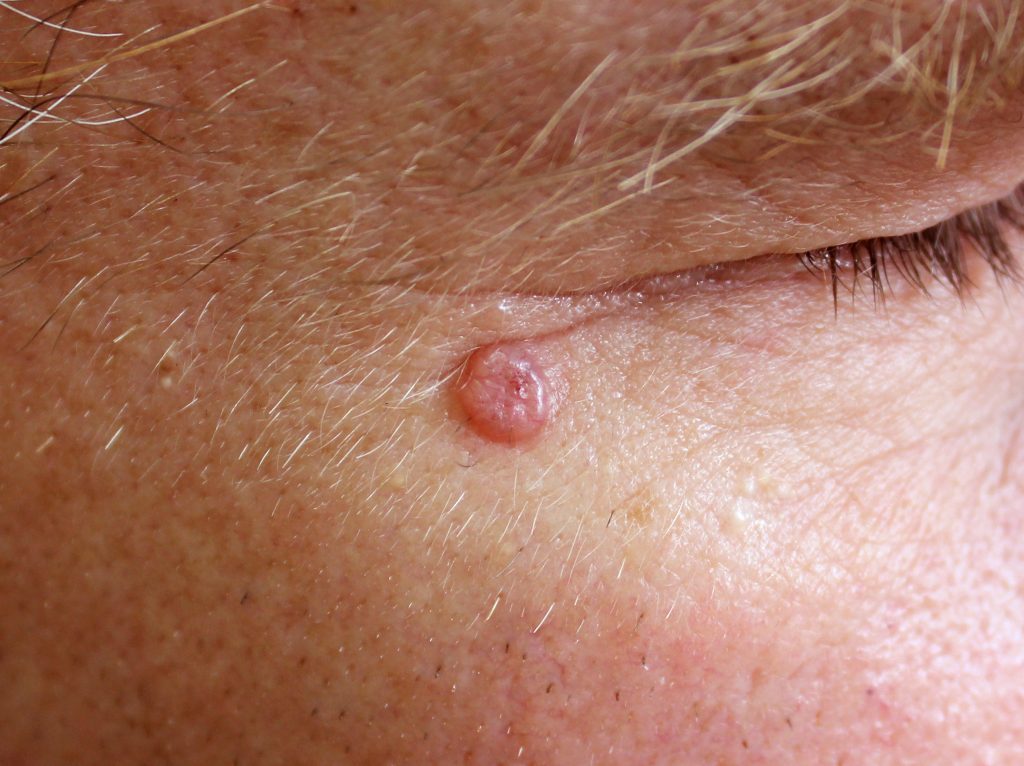

Moles
A normal mole can be skin coloured in appearance, brown or a mixture of two colours. Moles are composed of skin cells called melanocytes which produce a brown pigment called melanin. If these cells produce a minimal amount of melanin they produce a skin-coloured mole. However, if they produce a lot more melanin pigment the mole tends to be dark brown. Alternatively, the mole can have a mixture of dark brown and black pigment.
Keeping a close eye on your moles is very important. A change in size or appearance of a mole is an important sign. Subsequently, it is essential to make an appointment with a dermatologist for the mole to be checked. Skin cancer specialist Dr Slater will perform a comprehensive full body mole check using a dermatoscope to highlight and manage any abnormal moles. If your mole is showing any concerning changes, then the mole should be surgically removed and sent for a biopsy.
Benign moles that are causing symptoms such as catching on your clothes, are highly visible or affecting your self-confidence can be removed by Dr Slater. This can be done in a more straightforward way by a shave excision.
Psoriasis
Psoriasis is a common skin condition affecting approximately 1 in 50 people and occurs equally in men and women. It can appear at any age and is a long-term condition which may come and go throughout your lifetime. The cause of psoriasis is complex and likely to involve several genetic factors. Family history also plays a part in the condition.
There are a number of different types of psoriasis, including: chronic plaque psoriasis, guttate psoriasis and palmoplantar psoriasis. Furthermore, Psoriasis can affect the nails and the joints as well as the skin. This condition can be itchy and painful. Certain sites such as the scalp, lower legs and groin can be particularly itchy. Additionally, if psoriasis affects the hands and feet, painful fissures (cracks) can sometimes develop.
Treatment of psoriasis depends upon your individual circumstances. Dr Slater can offer a number of very effective treatment options. Milder cases often respond very well to topical treatment or Phototherapy. However, more severe cases of Psoriasis may require systemic medications such as Methotrexate or Ciclosporin.
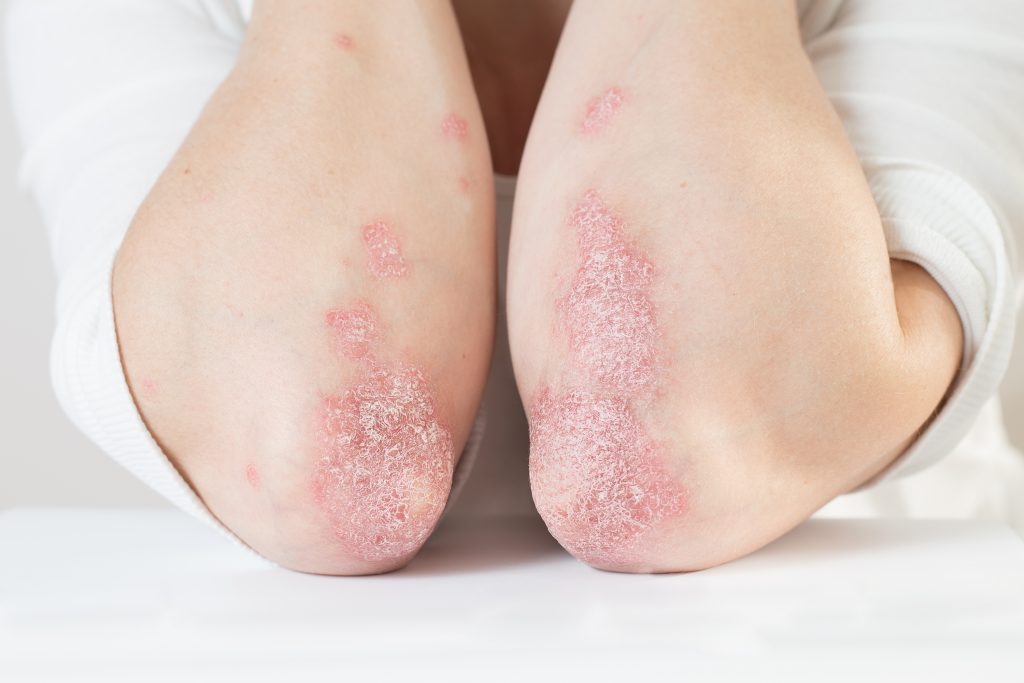

Lichen Planus
Lichen planus is a very common itchy skin rash that can affect any part of the body. This condition can present in many ways. Most commonly, Lichen planus presents as an itchy rash that consists of clusters of shiny, small, slightly raised pink or purple-red spots. A close look may show fine white streaks on their surface, a so-called lace-like pattern. It is thought to be an autoimmune disease. The immune system over-reacts to various external stimuli producing a characteristic rash.
Treatments largely centre around a range of topical therapies. Sometimes, in more severe cases, systemic treatments such as Prednisolone are used.
Hair Loss
Hair loss can cause a huge degree of emotional distress and loss of self confidence. There are several conditions that can affect the scalp and hair. Dr Slater can diagnose the type of hair disorder and advise on the most effective form of management.
Common causes of hair loss include conditions such as Alopecia which usually results in localised patches of hair loss. This is an autoimmune condition where the body’s immune system makes an immune response to the hair follicles. Several treatments have proven to be effective, in particular injections into the patches with a substance called triamcinolone.
A condition called frontal fibrosing alopecia (FFA) has become more apparent in recent years. This causes scarring and hair loss to the eyebrows and frontal scalp. It usually affects women around the menopause. As it’s a scarring condition, it is vitally important that treatment is started early.
Men can suffer from a condition called androgenic alopecia, with a loss of hair on the top of the scalp. The condition responds to several conditions such as topical minoxidil lotion or systemic medications such as finasteride.
A correct diagnosis is very important to diagnosing and managing any hair disorder. Dr Slater can advise on the most effective management options and monitoring strategy.
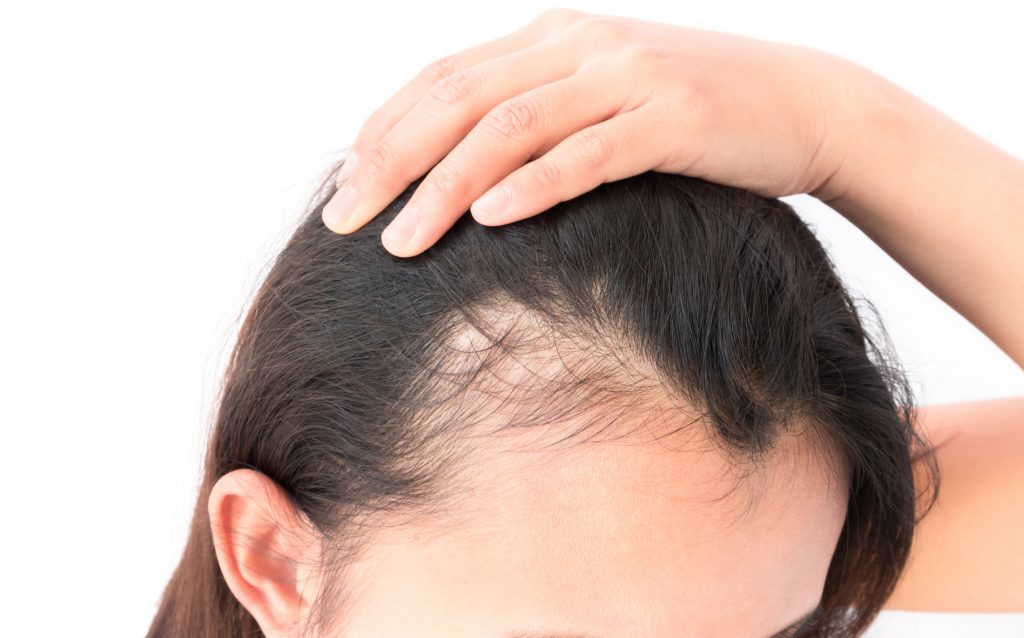

Eczema
Eczema is a very common skin condition that can affect anyone at any time in their lives. This condition causes the skin to become red, dry and itchy. Sometimes, this progresses and the skin becomes weepy, blistered, crusted, scaling and thickened. Furthermore, it can have a profound impact on a patients quality of life.
Atopic eczema is the name given to a particular presentation of eczema that often starts in childhood. One in every five children in the UK is affected by eczema at some stage. It may also start later in life in people who did not have Atopic Eczema as a child. Other forms of eczema include: pompholyx eczema, asteatotic eczema, discoid eczema, contact dermatitis and seborrheic dermatitis. Treatments revolve around the use of emollients and certain topical treatments such as Topical steroids and Calcineurin Inhibitors. Dr Slater will provide a personalised treatment plan that explains how and where to use the various topical therapies. More severe cases of eczema may require other treatments such as Phototherapy or systemic agents such as Methotrexate.
Acne
Acne is a common inflammatory skin condition affecting the hair follicle and sebaceous gland, causing follicle blockage and inflammation. This condition affects males and females and is commonly seen in adolescents and young adults. 85% of 16 to 18-year-olds are affected. Sometimes, Acne may occur in children and adults of all ages. The severity of acne and length of duration varies from patient to patient.
Dr Slater assesses your Acne carefully, tailoring treatment to each individual patient. His aim would not only be to treat the Acne, but to minimise its impact on your quality of life.


Rosacea
Rosacea is a common skin condition that predominantly affects fair-skinned individuals aged 30 to 60 years of age. It usually develops on the central face but can occur at other sites including around the eyes (peri-occular rosacea) or around the mouth (peri-oral rosacea). This condition can present suddenly at any time of life and resolve with treatment. In other patients it can be a chronic condition with repeated flares requiring maintenance treatments.
The clinical features include redness of the affected skin on the cheeks, forehead, chin and nose. Furthermore, Rosacea can be slightly itchy and often followed by the development of small, red, inflamed spots. In more persistent cases the redness becomes more fixed and can be accompanied by dilated superficial blood vessels called telangiectasia. Some patients also develop inflammation of their eyelids (blepharitis).
Despite being a very common skin disorder, we do not fully understand the cause of Rosacea. It is thought that many factors contribute to its development, including an overgrowth of an otherwise harmless skin mite called Demodex. Alternatively, it can be attributed to an overgrowth of bacteria in the gut. Or, potentially, genetic factors that affect the body’s immune responses.
Rosacea can be treated with a combination of topical creams and tablets. However, Dr Slater always provides a tailored, individual approach to treatment. Occasionally, a medication called Isotretinoin is used and is an extremely effective treatment. The redness/flushing of rosacea can be treated with a cream called Mirvaso. However, the results can be unpredictable. The more fixed redness is treated with Intense Pulsed Light (IPL). Dr Slater is able to perform this at certain skin clinics in Surrey, Sussex or Hampshire.
Sun Damage
The most common form of sun damage is called Actinic Keratosis, also known as solar keratosis. These patches present as dry, scaly skin, which may cause itching and irritation. They commonly occur on the scalp, face, ears, forearms, and back of the hands in fair skinned patients who have had a lot of sun exposure during their lifetime.
Bowens disease is a closely related condition which can be thought of as a thicker form of solar keratosis with a slightly different appearance. Both Solar keratosis and Bowens disease are pre-cancerous lesions that can develop into a skin cancer called squamous cell carcinoma which can be treated by skin cancer specialist Dr Jonathan Slater. Typical warning signs of cancerous change are pain and soreness developing in a lesion or rapid growth of the skin lesion.
There are a number of different methods for treating these forms of sun damage. These include cryotherapy, skin surgery and various topical therapies such as Efudix cream. Efudix cream is used each day for 3-4 weeks and results in a lot of inflammation, which gradually resolves over 2-3 weeks. It is a fairly effective treatment and is a good treatment for larger areas of solar keratosis termed field change.
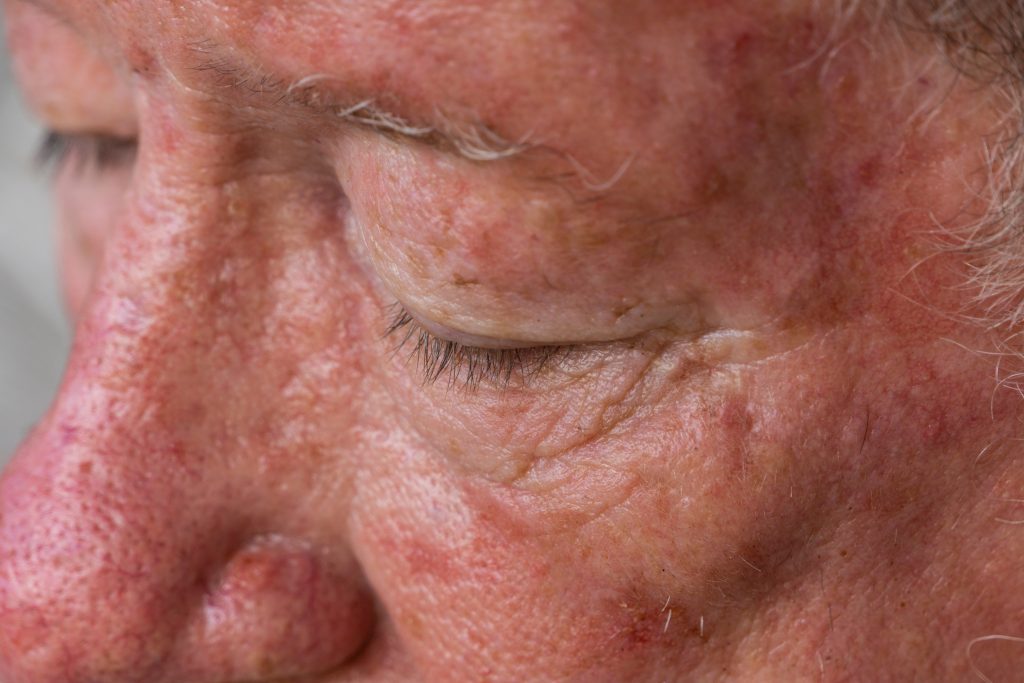
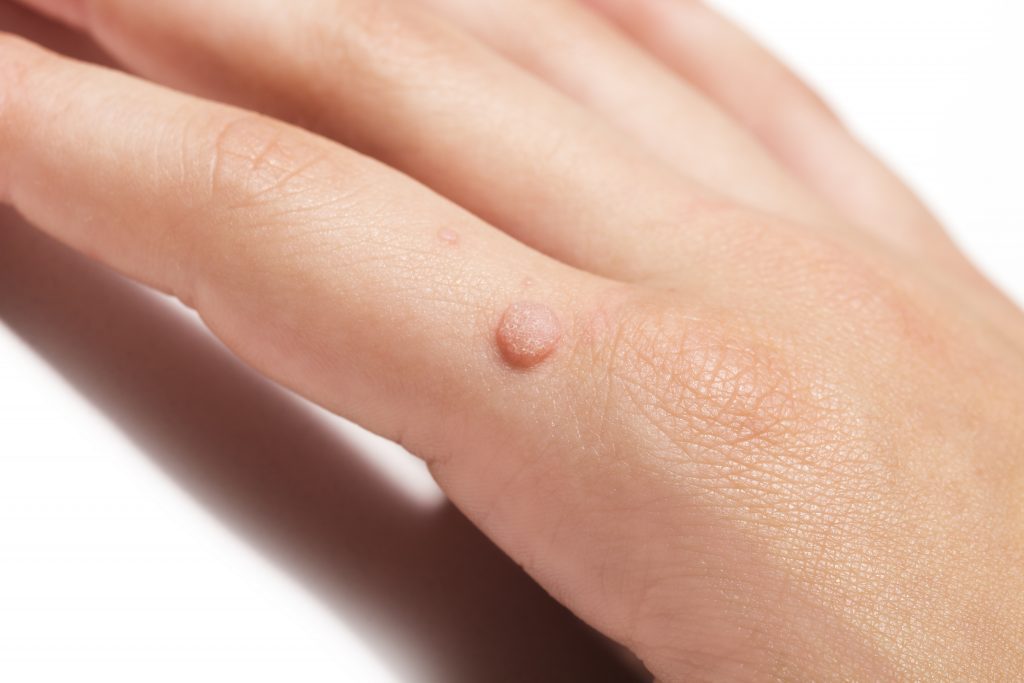
Warts
Warts and Verrucas appear as small rough lumps on the skin caused by infection with the human papillomavirus (HPV). They can occur anywhere but most common on the hands and feet. Many patients find them a source of embarrassment and discomfort and seek treatment to remove them.
Warts and verrucas can be spread through skin to skin contact and also indirectly from contaminated surfaces such as a swimming pool. They usually resolve spontaneously with time or with over the counter topical treatments. If the warts are not clearing then Dr.Slater can provide treatments such as Cryotherapy or Surgery.
Urticaria
Urticaria is a condition where you get short-lived, itchy skin swellings known as hives. Usually, these clear within 24 hours. Although, the overall rash may last for longer. Angioedema is a form of urticaria in which there is deeper swelling in the skin. The swelling may take longer than 24 hours to clear.
Urticaria is very common and 20% of people would have had urticaria at some point in their lives. A typical example of acute, short lived urticaria is a food allergy or medication allergy. This condition can also be caused by physical triggers such as: exercise, sun light, pressure, heat or cold. In many cases of urticaria, the trigger is not obvious and often never found.
In the chronic form of Urticaria (Chronic Spontaneous Urticaria) patients develop the hives continuously and this can be very debilitating.
The first line of treatment for all forms of Urticaria in adults and children is with an oral antihistamine. However, there are several second line options that Dr Slater can also prescribe.


